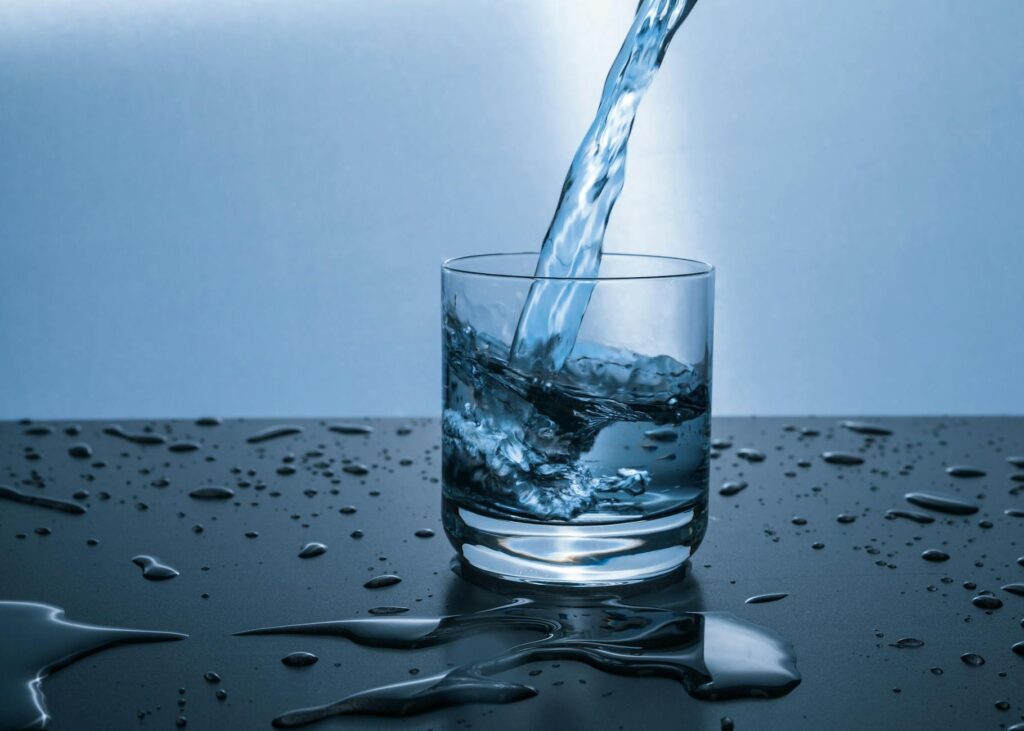In fish farming, water quality stands as the single most critical factor, driving growth, profitability, and product excellence. Water is the environment where fish live, breathe, and grow, making its quality paramount for successful aquaculture. Optimal water conditions ensure fast growth, low mortality, and high-quality fish, directly impacting the bottom line and consumer satisfaction.
Why Water Quality Matters Most
Poor water quality can stunt fish growth, increase disease susceptibility, and compromise flavour and safety, reducing market value. Conversely, well-managed water supports healthy fish, shortens production cycles, and maximises yields, boosting profitability. For species such as tilapia or catfish, maintaining balanced water parameters is crucial to meet market demands for fresh, nutritious fish.
Impact on Growth
Fish thrive in water with adequate oxygen (above 5 mg/L), stable temperatures (e.g., 26–30°C for tilapia), and low ammonia levels. Poor conditions stress fish, slowing growth and raising mortality rates. High-quality water promotes robust growth, enabling farmers to harvest market-ready fish in as little as six months.
Driving Profitability
Superior water quality reduces fish losses, lowering replacement costs and ensuring more fish reach the market. It also improves feed conversion ratios (FCR), meaning fish use feed more efficiently, cutting one of aquaculture’s biggest expenses. These efficiencies translate to higher profits and the ability to meet growing consumer demand.
Ensuring Premium Quality
Water quality affects fish flavor, texture, and safety. Contaminated water can cause off-flavors or toxin accumulation, harming marketability. Clean, well-oxygenated water produces fish with a fresh, appealing taste, commanding premium prices and building consumer trust.
Tips to Maintain Good Water Quality
- Regular Testing: Monitor key parameters like pH (6.5–8.5), dissolved oxygen, ammonia, and nitrites daily or weekly using reliable test kits or digital sensors. Adjust as needed to maintain optimal conditions.
- Aeration Systems: Install aerators or paddlewheels to boost oxygen levels, especially in high-density systems. Ensure consistent water circulation to prevent stagnation.
- Filtration and Waste Management: Use mechanical and biological filters to remove solid waste and convert toxic ammonia into less harmful compounds. Regularly clean tanks or ponds to prevent sludge buildup.
- Water Exchange: Perform partial water changes (10–20% weekly) to dilute pollutants, but avoid excessive changes that disrupt the ecosystem. Source clean, uncontaminated water.
- Temperature Control: Maintain stable temperatures suited to your fish species. Use shade nets or heaters if needed to prevent extreme fluctuations.
- Avoid Overfeeding: Feed fish only what they can consume to minimize uneaten feed, which decomposes and degrades water quality. Follow species-specific feeding schedules.
- Beneficial Bacteria: Introduce probiotics or biofloc systems to enhance natural water purification, reducing ammonia and improving fish health.
Conclusion
Water quality is the foundation of successful fish farming, as it influences growth, profitability, and product quality. By implementing these practical tips, farmers can create an optimal aquatic environment, producing healthy, high-value fish that meet market demands.
Prioritise water quality, and your aquaculture venture will thrive.

